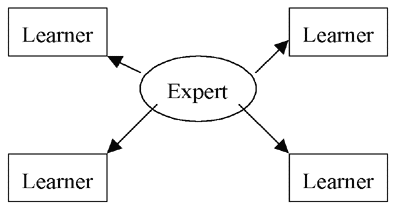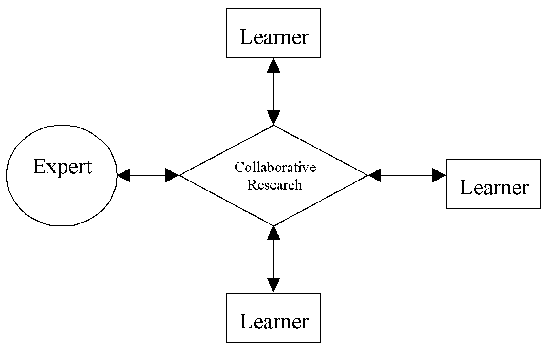
You've reached the Virginia Cooperative Extension Newsletter Archive. These files cover more than ten years of newsletters posted on our old website (through April/May 2009), and are provided for historical purposes only. As such, they may contain out-of-date references and broken links.
To see our latest newsletters and current information, visit our website at http://www.ext.vt.edu/news/.
Newsletter Archive index: http://sites.ext.vt.edu/newsletter-archive/

Two Models for Creating Positive Change in Virginia Communities
Farm Business Management Update, October 1999
By David Lamie
A presentation at the 1999 National Public Policy Education Conference in Minneapolis has given me a lot to think about. It has also given me a means of articulating what I have intuitively known for some time. Creating change in individuals and in communities requires that they have some ownership in the process. Simply broadcasting information may give us the right to say, "I told you so." But, it does not necessarily give us the right to say, "I taught you so."
An Extension specialist from the University of Wisconsin-Madison presented two contrasting models for conducting Extension programs: the diffusion model and the empowerment model. Simply put, the diffusion (or expert) model places those who have the expertise or knowledge at the center (Figure 1). It is their job to diffuse or impart their wisdom to those who do not have it. This model is very efficient in that it allows a singular message to be broadcast to many learners at the same time. Learners are told the results of the research with little regard for teaching them how to generate their own results.
The empowerment model places the expert in the midst of the learners (Figure 2). An underlying premise is that the learners have ownership of unique expertise. The role of the expert is to facilitate a process to draw this information out of them where it can be of benefit to the community of learners. The expert provides the framework that ties this information together into a coherent message. This model legitimizes the role of the expert as he/she involves learners in the process of conducting applied collaborative research. In this model, learners are taught the methods for conducting the research, and they are involved in the process of generating their own results.
Taken to their extremes, the diffusion model involves a very high degree of technical content. But it involves almost no process content. While the empowerment model, taken to the extreme, involves the reverse. Few of us are likely to find ourselves operating at either extreme position. Several intermediate roles are available to take. The simple matrix below describes at least four roles that extension educators might take (Figure 3). Each has its place and will largely be dictated based upon the needs of our clientele.
Which model allows us to better serve the interests of our clientele? What types of skills are required of the expert in each model? How do these models differ with respect to resource requirements needed to sustain them? Under which model are we currently developing our educational programs? Do we need to change?
Figure 1: Diffusion Model of Learning

Figure 2: Empowerment Model of Education

Figure 3: Potential Roles of Extension Educators
|
Program Process Content |
|||
|
Low |
High |
||
|
Program Technical Content |
Low |
Distributor of Brochures |
Facilitator |
|
High |
Technical Transfer Agent |
Agent of Transformative Learning |
|
Contact the author at lamie@vt.edu .
Visit Virginia Cooperative Extension